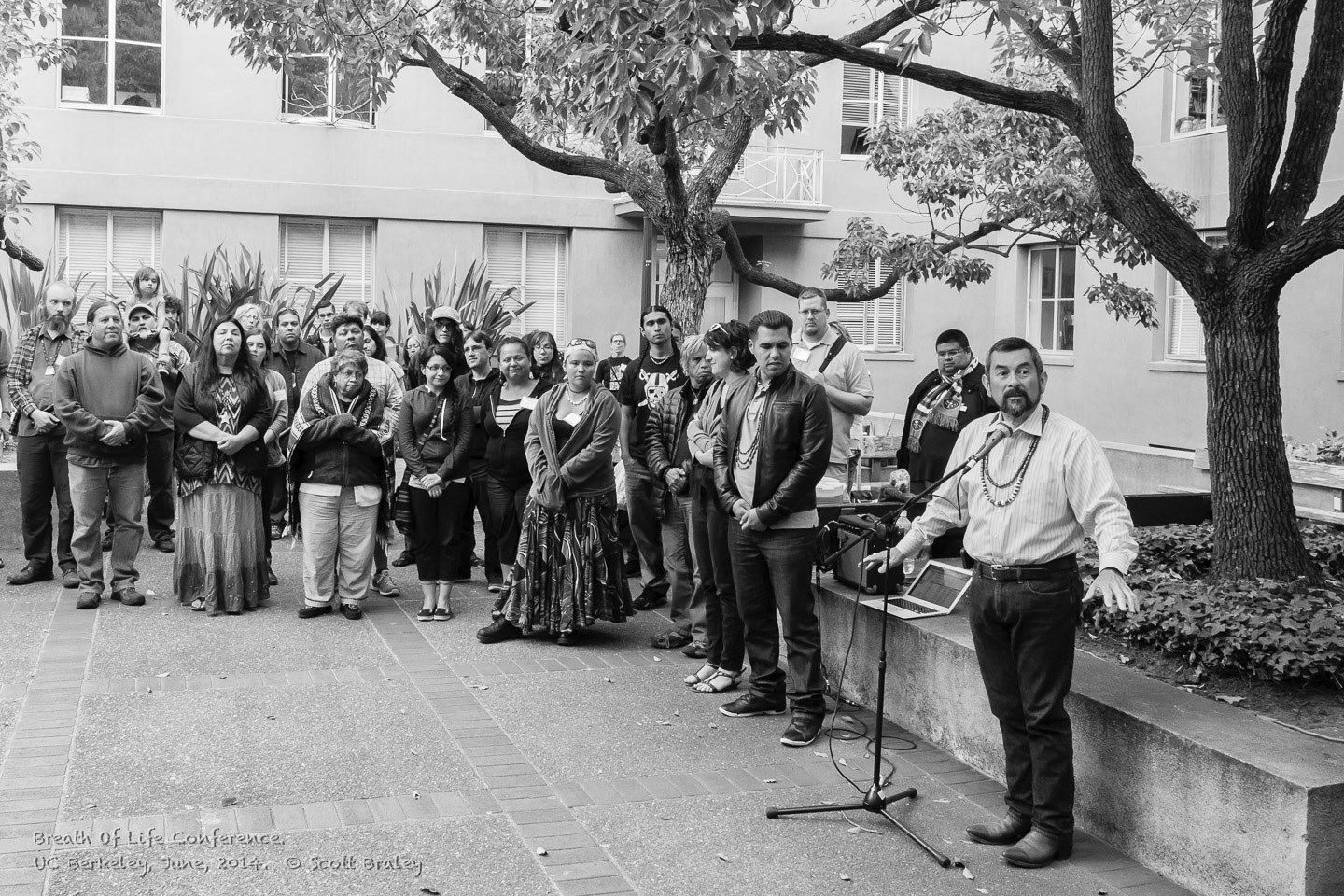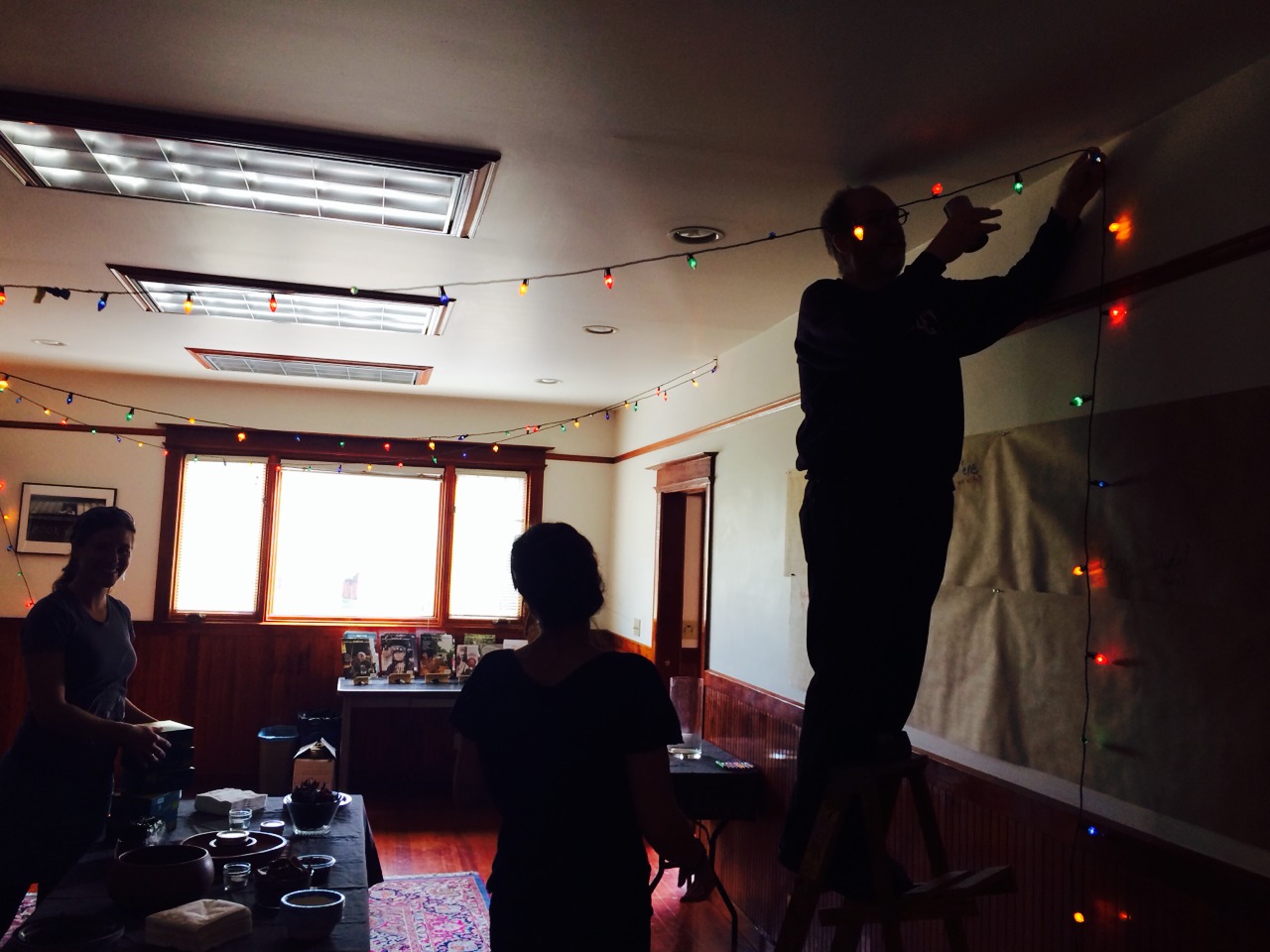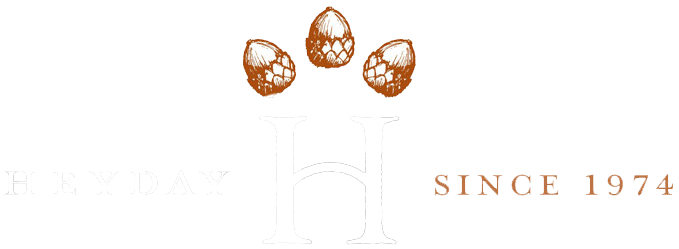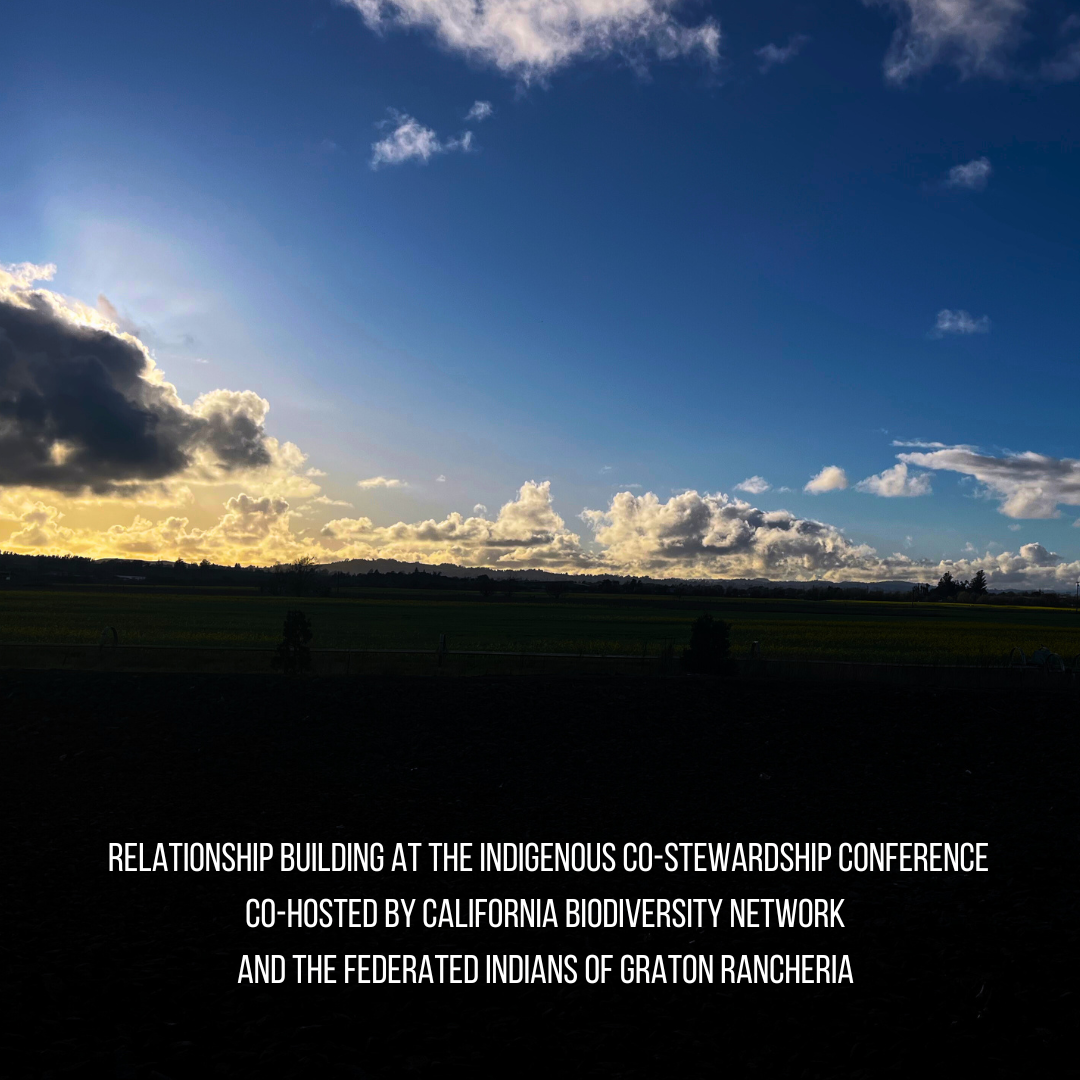
by Tavi Lorelle Carpenter
The message of the day was relationship building. Voiced by Tribal leaders, Indigenous cultural bearers, and public land management agencies, non-profit organizations, Indigenous Co-Stewardship of Public Lands: Lessons for the Future conference sent a message that when it came to developing co-stewardship and co-management, it was the stakeholder relationships that allowed for successful navigation towards a future return of true indigenous stewardship. The conference was a first, which critically made aware the need for developing such important relationships, the time and care essential for success, and the nascent stage of such collaborative efforts. Developed in partnership with the California Biodiversity Network and the Federated Indians of Graton Rancheria (FIGR), with grants from the Gordon & Betty Moore Foundation and Resources Legacy Fund, the speaker series was hosted by FIGR at their Graton Resort and Casino Event Center that ended with an evening of cultural exchange and presentation. The second day of the conference, attendees had the opportunity to visit either Tolay Lake Regional Park or Point Reyes National Seashore, the tribe having landmark co-management agreements with each respective agency.
Day One was filled with inspiring presentations from leaders, agencies, and organizations across the state and included a national and international presence with Indigenous representation from Alaska to Mexico. Truly a reflection of the dedicated work around the globe in support of indigenous stewardship, the conference reflected on the challenges, missteps, and successes to start a respectful and informed dialogue of how to ensure indigenous voices are leading the movement, or being uplifted by allies for environmental stewardship and as we collectively face climate change.
Attendees were welcomed to the conference by Gregg Castro (t’rowt’raahl Salinan/rumsien-ramaytush Ohlone), the Vice-Chair of Native California Research Institute, and by Buffy McQuillen (Yokayo Pomo/Yuki/Nomlaki), the Tribal Historic Preservation Officer for Federated Indians of Graton Rancheria (FIGR) who was filling in for Lorelle Ross (FIGR Citizen and Tribal Consultant, former Vice-Chair for 15 terms). FIGR Tribal Secretary and citizen Melissa Elgin gave an opening prayer in the Coast Miwok language, and Conrad Silva, FIGR tribal citizen and culture bearer, offered the opening prayer in Southern Pomo.
The speaker series began with words from FIGR Chairman Greg Sarris reflecting on the importance of stewardship and the possibilities for the future of co-stewardship between tribal nations and land management institutions, based upon FIGR’s unique experience and ongoing precedent setting co-management agreements, which truly acknowledges tribal sovereignty and levels up land stewardship decision making. Chairman Sarris highlighted the importance of ensuring that co-stewardship is equitable, with tribes not serving just as advisors in their traditional aboriginal territories, but rather as having true partnerships, working towards a common goal of environmental preservation. Furthermore, he discussed how, as Native people, we know that the health of a nation and its people is reflected back to us by the health of our waterways and lands. He stated with great passion that when it comes to finding sustainable and equitable solutions, particularly in a changing climate, this journey of healing is a shared journey. His words felt poignant, particularly as throughout the day, it was continually underscored that there is so much we can do, as indigenous people, to support and uplift one another, particularly when it comes to managing our homelands in the ways we have since time immemorial. After all, effective change and stability will always come from collectivity and community.
Chairmen Russell “Buster” Attebery of the Karuk Tribe shared how after years of working with federal, tribal, state, NGO, and local partners in recognizing the impacts fire exclusion has had on the Karuk people and the natural environment they created a Climate Action Plan, as they exemplify how to bring Good Fire back to the land, and work towards bringing the salmon home by removing the Klamath River dams. He mentioned the notable steps they have been taking, commenting that as a collective, by sharing all of our stories, we can learn from each other and support each other’s journeys toward stewardship. Additionally, Bill Tripp, Director of the Karuk Tribe Department of Natural Resources, emphasized the importance of continuing on in the face of significant challenges, despite facing unfriendly administrations or personnel.
Another challenge was brought up by Matthew Hatcher (Konkow Maidu), the Tribal Historic Preservation Officer of Mooretown Rancheria of Maidu Indians of California. Mr. Hatcher showed the positive steps taken by his tribe, particularly in the face of great destruction to land because of the recent increase in fires. However, a genuine challenge is having enough financial resources to maintain land stewardship, particularly when it has been significantly ravaged due to settler-colonial “mismanagement”. Mr. Hatcher’s words were a reminder that the troubled future we are facing is caused by the unsustainable practices that continue to take place because of colonial greed.
Chairman Sarris shared a story about how some California Indian people had called the white people miracles because, as the ancestors saw it, their actions were so out of harmony with the land that it seemed like a miracle that the colonists didn’t experience repercussions. This acknowledges that years of disharmony intertwined with the violent oppression of indigenous people and the overexploitation of the natural world has resulted in the future we now all face.
Conferences like this one are essential as a reminder that the future is not hopeless but rather requires us all to commit to working together to leave behind a healthier and happier home for the next generation.
Rhonda Pitka, Chief of the Village Beaver and Chairwoman on the Council of Athabascan Tribal Governments from Alaska, put it best when she stated that true indigenous stewardship was still in its infancy. Later, I considered how, like with a baby, the future of stewardship looks very exciting. But, like with any baby, we must ensure it is raised to be strong and intelligent; in other words, there is still work to be done.
And that work isn’t always easy. Chief Pitka commented on the difficulty of trusting institutions, particularly given historical contexts that, as she pointed out, happened not that long ago. Chief Pitka noted that policies can swing like a pendulum, forcing tribes and tribal people to engage in a bobbing and weaving with the government just to protect their homes and their people.
Presidential administrations can significantly impact this.
A poignant example was illustrated for the attendees by Cynthia Wilson (Diné) a Ph.D. student at UC Berkeley who was one of the dedicated people who worked to establish the now Bears Ears National Monument in Utah into a national monument with a formal agreement for co-management by the Hopi Tribe, Navajo Nation, Mountain Ute Tribe, Ute Indian Tribe of the Uintah and Ouray Reservation and the Pueblo of Zuni with the federal agencies, Bureau of Land Management and National Park Service and National Forest Service. This was the first time tribes united to develop a co-management plan with the federal government to protect a sacred site. Ms. Wilson shared from her Elders, that she learned that when speaking of Bear Ears, she must speak of it as if she were Bears Ears, and that “we don’t share our knowledge, we practice it.” She showed a map of the original national monument boundaries declared by President Obama in December of 2016 which included 1.34 million acres. A year later, under the Trump administration, in December of 2017, that area had shrunk to 201,876 acres. Thankfully, due to the continued dedication of united tribal nations, under President Biden the full 1.34 million acres were rightfully restored and protected.
Another critical component brought up surrounding the model for the Bears Ears National Monument was discussed by Gavin Noyes, program coordinator for the Arts, Advocacy, and Healing grassroots organization. He stated the role nonprofits can play in supporting tribal sovereignty and land stewardship. These organizations must be indigenous-led and build up new structures for advocacy that follows indigenous values. He noted that allies play a crucial role in cultivating spaces, allowing indigenous voices to lead and be heard. He said that community organizing can assist in bridging gaps, including building trust. He showed a triangle diagram where co-stewardship is centered with each side of the triangle reading: Federal care, Tribal care, and Native Community and Grassroots.
Aside from the incredible community and Tribal leaders who spoke at the conference, the other vital voices were those working on the other side of the co-stewardship relationship.
Starting with Samuel Kohn (Crow), the Senior Counselor to the Office of the Assistant Secretary-Indian Affairs, Mr. Kohn, who offered insight into the Department of the Interior’s (DOI)’s perspective surrounding co-stewardship. The main goal of the DOI is to ensure that lands are being managed in a way that honors tribal sovereignty. Mr Kohn noted the importance of ensuring that indigenous knowledge is equal to western knowledge. He did note that it is a continuum that spans Federal Stewardship on one side, Co-Stewardship in the centered, and Tribal stewardship on the other side.
As stated above, trusting these government organizations can be difficult, given the long and continued history of dishonoring tribal sovereignty and Indigenous people. But each of the speakers acknowledged that despite past bad behavior, we are in a moment of change.
Jimmy Fox, who joined Chief Pitka from Alaska, is the manager of Yukon Flats National Wildlife Refuge with the U.S. Fish and Wildlife Service, noted that as agencies, there are several important things to remember.
First, come to the table and engage. Recognize that you are a guest on someone’s homeland. Be humble, ask for help, and be able to laugh at yourself. He noted that in developing these government to government relationships, one cannot look at them as transactional because true relationships are not transactional, there is give and take, rather stay connected to purpose. He stated that it was time to start thinking intentionally, generationally, and globally.
Craig Kenkle, Superintendent of Point Reyes National Seashore, highlighted that the goal of a partnership should be based on equality. He further encouraged each side of that partnership to work to understand how each other’s bureaucracy works and what the priorities on either side are to determine where priorities align.
Former Superintendent Tim Cochrane of Grand Portage National Monument in Minnesota echoed this. Presenting virtually with April McCormick, Secretary/Treasurer of the Grand Portage Tribal Council, Grand Portage Band of Lake Superior Chippewa, and Heather Boyd (Red Cliff Band of Lake Superior Chippewa), current Superintendent Grand Portage National Monument, it was clear that the process of building their co-management relationship was generational. Mr. Cohcrane related co-stewardship and co-management to being akin to a marriage between two bureaucracies and that it is crucial to support each other’s bureaucracies. Secretary/Treasurer McCormick reflected that co-stewardship and co-management offer opportunities to exercise sovereignty. Furthermore, in these relationships, it’s important that tribes encourage an alignment in community indigenous values which inform actions to benefit all.
From the Director of the California Department of Parks and Recreation, Armando Quintero, he encouraged that as state and federal agencies, it was necessary to examine the past and think about how stories are being told. Furthermore, there needs to be a change in the kind of language that is being used. He also offered the reminder that co-stewardship and co-management are part of the process of removing “a cultural dam to a people”. Joining him from the California Department of Parks were Dr. Leslie Hurtzell, Chief of the Cultural Resources Department and Patricia Garcia,Tribal Affairs Manager, both of whom offered tangible resources for those looking to build or develop their co-stewardship and co-management relationships. Ms. Garcia added that with any agreement made, it is necessary to ensure that it can maintain on its own through to the future as a means of mitigating any negative influence due to problematic personnel.
From the international perspective, we were first introduced virtually to Nadine Spence (Vice President of Indigenous Affairs and Cultural Heritage, Parks Canada) and Ernie Gladstone (Executive Director of Aboriginal Affairs Directorate). It was clear from their presentation that a key component in their model was reconciliation with the past. Canada has the oldest park system in the world, meaning there is a long complex history, particularly with First Nations people. It was noted several times that there was no path forward without first looking at the past, lessons from First Nations people that are necessary in healing our collective (Native and non-Native) relationship with land.
From Mexico, Juana Iris Sanchez, Community Forestry Development Specialist for the Selva Maya Y Arrecife Mesoamericano (Mayan Jungle and Mesoamerican Reef/The Nature Conservancy, Mexico [Nahuatl]) shared a presentation on Community Led Conservation. Ms. Sanchez shared that national and international studies continue to show that indigenous held lands have the most conservation and biodiversity. She further expressed that history has shown that when the rights of Indigenous peoples are not respected, the water and lands become polluted. Importantly, she noted that within conservation, informed consent is a moral obligation.
The final speaker, Minneth Medina (Director of Junta Intermunicipal Biocultural del Puuc) was from the Mayan Region of Puuc in Mexico (Yucatan Peninsula) and had traveled all the way to Rohnert Park to share her presentation on Biocultural Governance. Ms. Medina was so incredibly thorough, explaining how colonialism has historically utilized disconnection from land as a punishment against indigenous people. But she shared how, despite the challenges, indigenous people have taken into their own hands the protection of biodiversity and the biocultural connection, often at great peril, and are successfully continuing to do so.
During the Q&A section following the speakers, there were several points that felt extremely important to share. Having access to our lands matters because it’s who we are.; The indigenous way is all about our relationship to our lands because it is our mother.; It’s not a business to us, it is our heart and spirit. Gregg Castro firmly stated “we’re not from the land, we are the land”.
All of which reaffirmed something Buffy McQuillen had stated earlier in the day, that when it comes to stewardship, it is always about reconnecting, restoring, repatriating, rebuilding and reconnecting.
After the conference, finger foods were served and the hall was filled with cultural bearers sharing knowledge and cultural presentations.
There was a beautiful cultural exchange between the hosting tribe, the Federated Indians of Graton Rancheria (FIGR) and Minneth Medina, the delegate from the Mayan Region of Puuc in Mexico. Ms. Medina shared kind words of gratitude for the warm welcome she received, gifting FIGR with Honey infused with medicinal herbs like basil made by her mother while in turn, FIGR Tribal Council Member Matthew Johnson and FIGR Cultural Department Staff member Robin Meely (FIGR Citizen), gifted Ms. Medina with an 8thGeneration blanket, part of the Tribe’s tradition of showing appreciation and gratitude for tribal elders and guests.
Additionally, Kes-e-loh McQuillen (Yurok/Pomo) and Princess Colegrove (Hupa/Yurok) appeared in Parks uniform representing Cha–pekw O’ Ket’-toh “Stone Lagoon” Visitor Center in Yurok territory, the first tribally operated State Park Visitor Center in California.
Chris Nejo (Pala Tribe Citizen) shared information on Pala Tribal stewardship.
Wayne Nelson (Pala Citizen) a bird singer, sang two traditional songs that filled the whole room with great joy. The songs, intended to uplift those who hear them, were saved by a tribal elder and now there are many bird singers keeping the songs alive.
The cultural display tables offered an opportunity to engage with tangible aspects of indigenous stewardships. Such as beautiful baskets presented by the Pomo Weavers Society with Silver Galleto, The Art and the Pomo Cultural Landscape table with the Meyo Marrufo and Elaine Quitiquit-Palmer where there were beautiful artwork and educational booklets by Ms. Marrufo (a frequent contributing editor to News From Native California). Bev Ortiz of the Native California Research Institute shared artwork from the late Kathleen Rose Smith ( Bodega Bay Miwok/ Goat Rock Pomo, Dry Creek Pomo/Portuguese, FIGR citizen), as well as delicious cultural foods including tan oak and black oak acorn mush, seaweed and manzanita berry tea. FIGR’s Cultural table was filled with Robin Meely’s basketry. Martina Morgan, cultural representative of Kashaya Pomo/Stewarts Point shared yummy super salty sea palm fronds served from her own basketry work.
It was a long day and another full one was around the corner as the second day consisted of two field trips, wherein participants could visit either Point Reyes National Seashore or Tolay Lake Regional Park, both places where FIGR has initiated long term co-management agreements with National Park Service (NPS) and Sonoma County Regional Parks respectively. This added a unique additional layer of environmental engagement to the conference that allowed for an on-the-ground experience frequently absent from large conferences of this kind.
The next morning, those of us who decided to go to the Point Reyes National met at the Red Barn no:house and were greeted by Buffy McQuillen (Yokayo Pomo/Yuki/Nomlaki), the Tribal Historic Preservation Officer for Federated Indians of Graton Rancheria (FIGR) as well as Craig Kenkle the Superintendent of Point Reyes National Seashore and his team of park rangers. After kind greetings and a short presentation by Park Ranger Paul Engel, Point Reyes National Seashore Archeologist, we headed out to what is known as Drakes Beach.

Having grown up going to Point Reyes, I was not unfamiliar with the area but this journey was a particular treat as we were gifted with a sight I’d never seen before. A herd of elephant seals had made Drake’s Beach part of their temporary home to have their pups. The park had marked off the beach so that they could have their space but it was certainly the closest I’ve ever been to these elephant seals. The park rangers shared with us that during the pandemic, a group of mother elephant seals had chosen this inlet as an ideal space to have their pups. In the past, they likely wouldn’t have chosen this location but the the heavy storms of the past few years have changed the shores they used to frequent may be why they were starting to move more north.

On the way in and as we left, we saw four herds of Tule elks lounging on the landscape with meadow larks, enjoying the sunny cool February day.
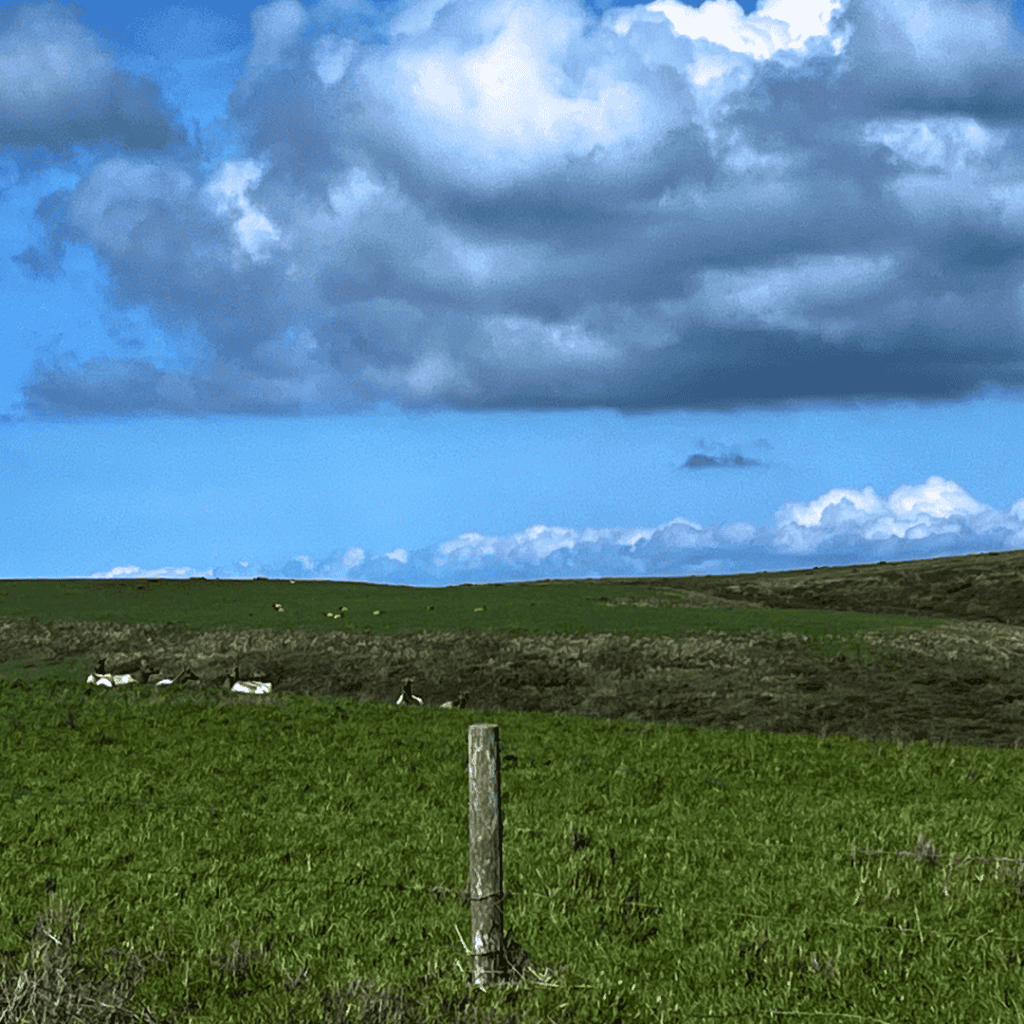
The field-trip day provided a meaningful opportunity to see co-management in practice and the importance of relationship building on a government-to-government basis. It also underlined why it is necessary for tribes and indigenous communities around the world to stewarding their homelands as they have for generations, since time immemorial.

As a young person, the future of climate change can be exceptionally daunting. Furthermore, there are challenges we face from generations of fracturing, colonial imperialism and lateral oppression. However, there is no future if we do not work together, those are the lessons our ancestors would want us to remember. We have a relationship with the land that is sacred and a relationship to one another that is just as important to nourish. Rather than being discouraged by the reality of what we face as a world, it is an opportunity to exit out of that which is not working and work together to create a healthier world.
And as the land heals, so do we.

